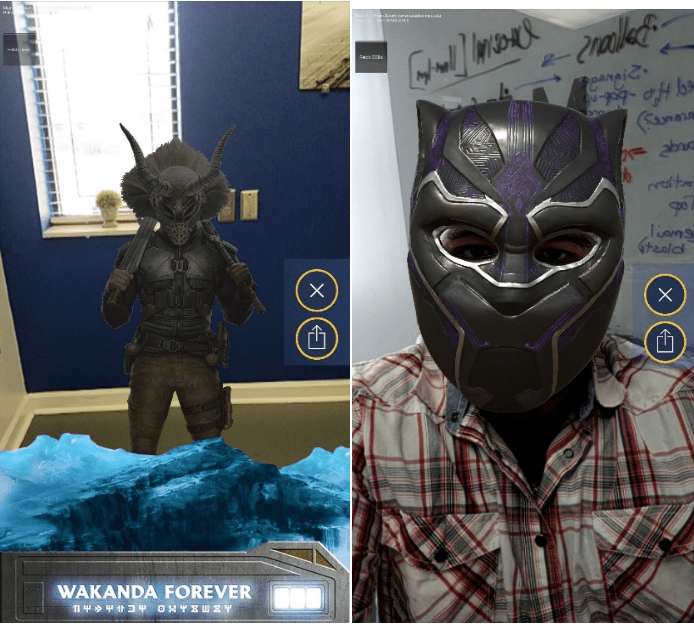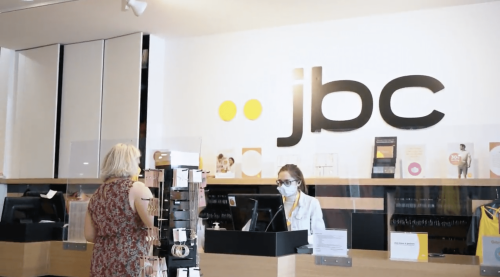Retailers need to leverage immersive technologies to solve the retailpocalypse
This past decade has seen a big shift in consumer behavior in retail. Classic brick-and-mortar retailers have been forced to improvise in order to survive the profound societal changes that are affecting their businesses. Only just now Fox business published an article demonstrating that, the phenomenon media have affectionately dubbed: “The retail(a)pocalypse”, is far from over.
Anno 2019 retailers like Abercrombie & Fitch, Gap and Macy’s are being forced to close stores, lay off employees and even file for bankruptcy. These are just some of the big names that have been struggling to keep up with the changing times. As you can see in the graph below, the list is quite extensive:

This is the reality retailers are facing today. Business Insider names the advent of E-commerce as one of the main drivers: currently 16% of all sales transactions in retail are conducted over the internet. According to analysts this number is set to rise to a whopping 25% by 2026. Rising real estate prices, competition from global Powerhouses like Alibaba or Amazon and more demanding consumers are just some of the compounding factors of this new reality.
Our conclusion: the time has come for retailers to adhere to an age-old adage: Innovate. Adapt. Overcome.
Xplore group has the expertise to help retailers make the transition to digital. While we are most known for our E-commerce competence, we offer a broad range of products and services to our clients. In this article we’d like to make the case for immersive technology.
Immersive technology to the rescue
To us, immersive technology is any technology that bridges the gap between the real and virtual world. Some of the more known ones are: virtual reality, augmented reality or holograms. Forward thinking businesses have already begun integrating these tools into their marketing strategy. They allow retailers to make the jump to digital while offering consumers powerful experiences that leave a lasting impression.
Because of the novelty of these technologies new and exciting use cases are being created every day. There’s a lot of room for innovation still and we’re sure amazing things are on the horizon. Here are some creative ways early adopters leveraged the potential of immersive technology for their business.
Elevating the shopping experience
Major brands like IKEA and Target are using augmented reality to overlay virtual versions of their products onto the real world. This lets customers preview what they are buying. In the case of IKEA they can see which furniture fits their living room best. Target does something similar: by letting potential customers visualize what they will buy, they establish a more profound connection with the product. Research has shown this positively affects the conversion rate.
Attracting customers to stores
Now that more and more shopping is taking place over the internet, customers need new reasons to visit stores. Walmart solved this problem admirably by partnering with game developer Ludia. Ludia had already developed a mobile AR game to promote the Jurassic World Fallen Kingdom movie. Players were rewarded with in-game content when they visited Walmart stores in order to increase visitor count.
They did something similar when the Black Panther, a Marvel blockbuster, was released. They gave customers the chance to discover the hidden world of Wakanda by scanning promotional displays with their smartphone.

Creating compelling brand experiences
Another great way to leverage immersive technology is by creating compelling brand experiences. The North Face created a virtual reality experience that transports users to Nepal and the Himalaya. The aim was to bring them closer to the origins of the brand: creating high quality gear suited to surviving the most rigorous of expeditions.
Cacao-Barry Callebaut, a Belgian-French chocolate producer, partnered with Uncanny (one of our immersive partners) to create a brand experience involving their “Or Noir” laboratory in Paris. In the virtual reality experience users are taken on a journey from bean to bar. They get a chance to harvest to cocoa on the plantation, take it back to a virtual copy of the lab and process it into edible chocolate like they would in real life.
Author: Jeff Luyten


